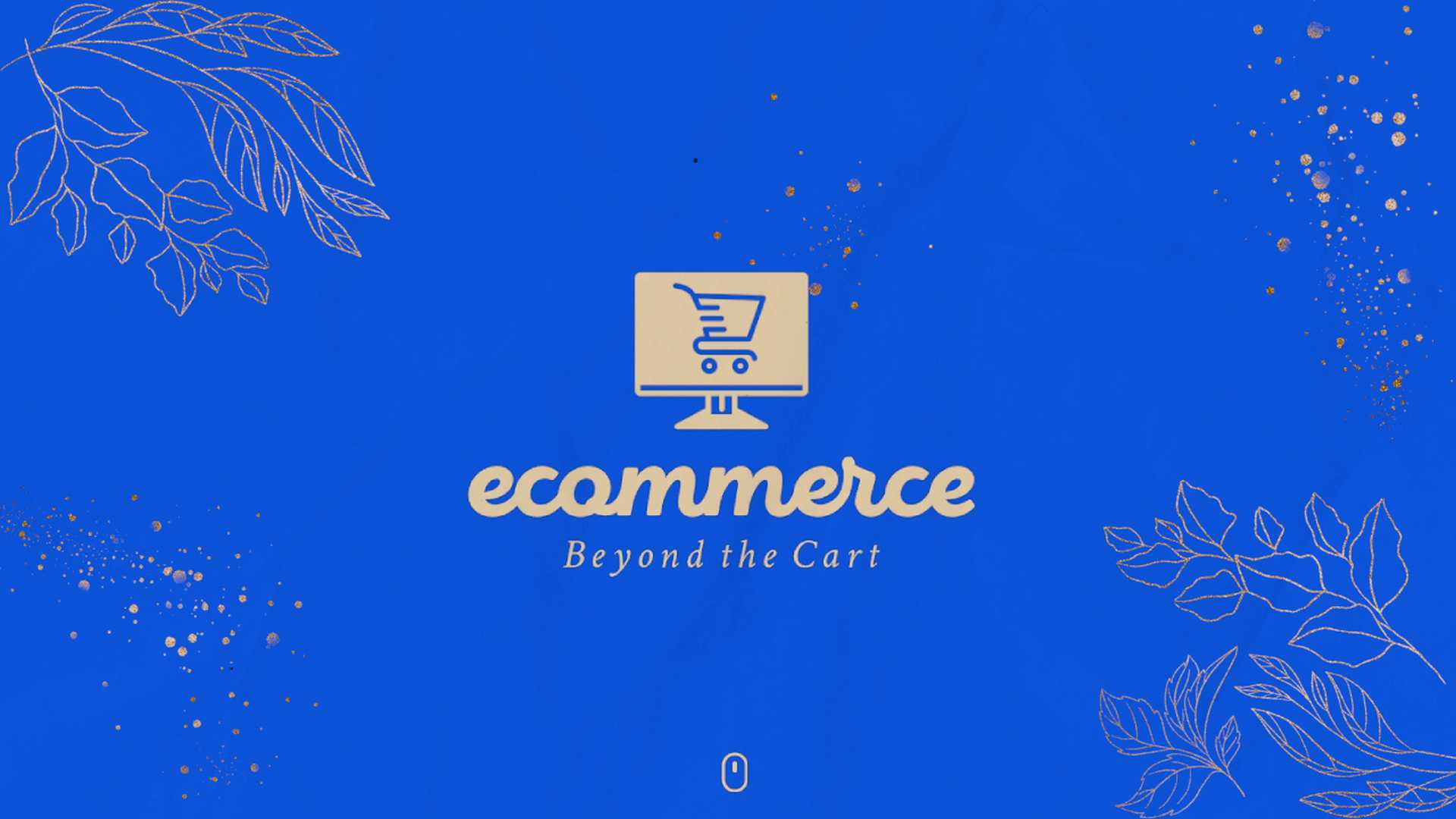The Rise of Ecommerce Subscription Models
Changing Consumer Behavior
With the rise of digital technology and the convenience it offers, consumer behavior has shifted towards seeking more personalized and convenient shopping experiences. Ecommerce subscription models have emerged as a response to this trend, offering customers the convenience of receiving products or services regularly without the need to constantly place orders.
Market Saturation
The ecommerce market has become increasingly saturated with competition, making it challenging for businesses to stand out and retain customers. Subscription models provide a unique opportunity for businesses to differentiate themselves by offering a more personalized and continuous relationship with their customers.
Advancements in Technology
Advancements in technology have made it easier for businesses to implement and manage subscription models. With the availability of subscription management platforms and tools, businesses can streamline the process of offering subscriptions and managing customer relationships.
Types of Ecommerce Subscription Models
Product-based Subscriptions
Product-based subscriptions involve customers receiving physical products on a regular basis, typically on a monthly or quarterly basis. These subscriptions are popular in industries such as beauty, health, and food, where customers enjoy the convenience of receiving curated products tailored to their preferences.
Service-based Subscriptions
Service-based subscriptions provide customers with access to a particular service on a recurring basis, such as online courses, software subscriptions, or streaming services. These subscriptions offer customers ongoing value and convenience, encouraging them to remain loyal to the business.
Hybrid Subscriptions
Hybrid subscriptions combine both product and service offerings into a single subscription package. This model allows businesses to provide customers with a comprehensive solution that meets both their product and service needs, increasing the overall value of the subscription.
Benefits of Ecommerce Subscription Models
Predictable Revenue Streams
One of the key benefits of ecommerce subscription models is the ability to generate predictable revenue streams for businesses. By offering subscriptions, businesses can forecast their monthly revenue more accurately, helping them plan and allocate resources efficiently.
Increased Customer Loyalty
Subscription models can help businesses build stronger relationships with their customers, leading to increased customer loyalty. Subscribers are more likely to remain engaged with a brand and make repeat purchases, as they have already committed to the subscription.
Cost Savings
Acquiring new customers can be costly for businesses, but subscription models can help reduce customer acquisition costs. By retaining existing customers through subscription offerings, businesses can decrease churn rates and increase customer lifetime value.
Challenges of Ecommerce Subscription Models
Retention
Retaining subscribers over time can be a challenge for businesses implementing subscription models. Keeping customers engaged and interested in the subscription requires ongoing effort, such as providing new and exciting products or services regularly.
Customer Acquisition
Convincing customers to sign up for a subscription can be a hurdle for businesses, especially when competing with other subscription services. Marketing efforts to acquire new subscribers can be costly and require a strategic approach to attract the right audience.
Fulfillment
Ensuring that products or services are delivered on time and in good condition is essential to maintaining subscriber satisfaction. Businesses must have efficient fulfillment processes in place to handle the increased volume of orders that come with subscription models.
Tips for Building a Successful Ecommerce Subscription Model
Market Research
Before launching a subscription model, businesses should conduct thorough market research to understand their target audience’s needs and preferences. This information can help tailor the subscription offerings to meet the customer’s expectations.
Value Proposition
Offering a compelling value proposition is crucial for attracting and retaining subscribers. Businesses should clearly communicate the benefits of the subscription, such as exclusive discounts, personalized recommendations, or access to premium content.
Customer Service
Providing excellent customer service is key to building trust and loyalty with subscribers. Businesses should be responsive to inquiries, address customer concerns promptly, and continuously seek feedback to improve the subscription experience.
Conclusion
Ecommerce subscription models present businesses with a unique opportunity to build recurring revenue, increase customer loyalty, and differentiate themselves in a competitive market. By understanding the benefits and challenges of subscription models and implementing best practices for success, businesses can create sustainable and profitable subscription programs that drive long-term growth.

